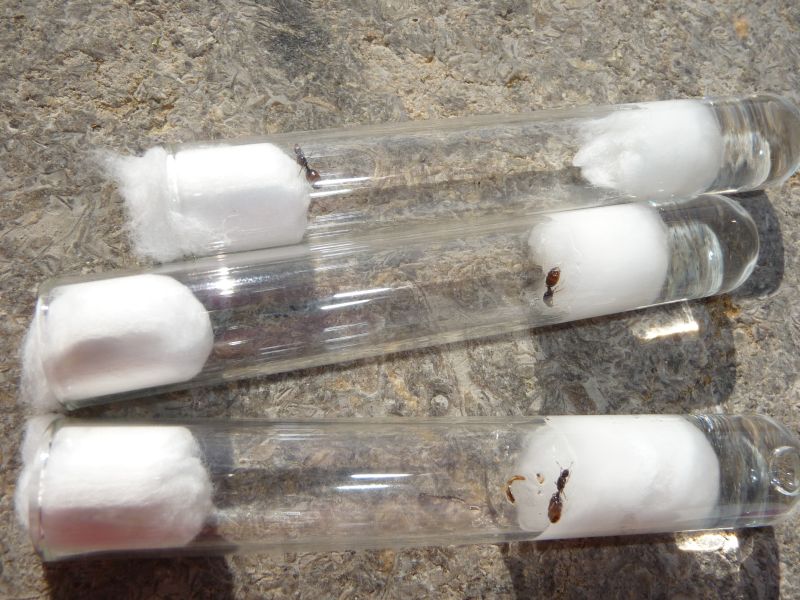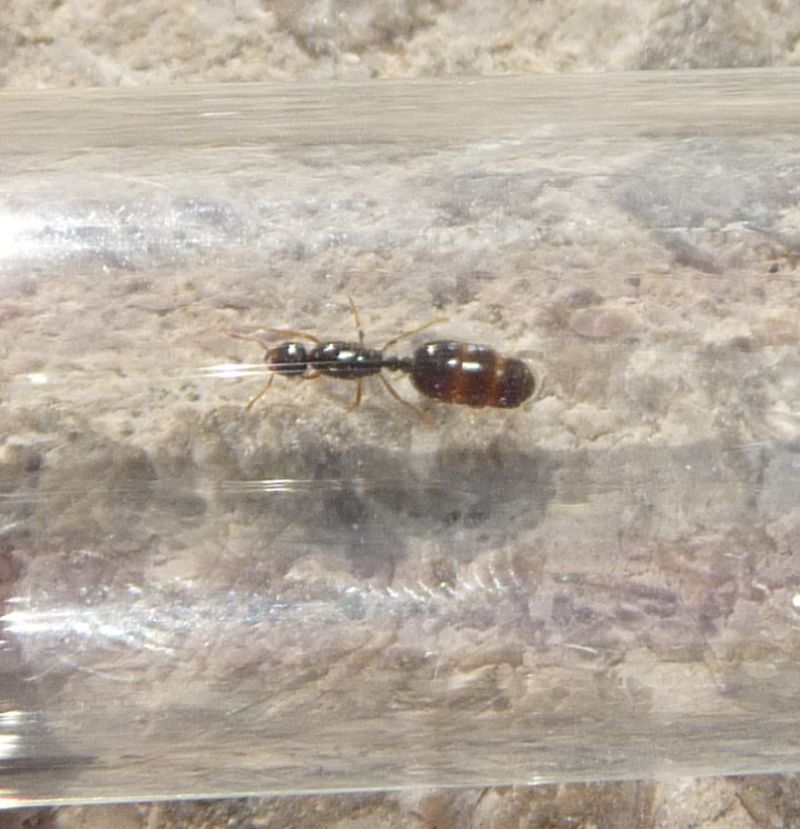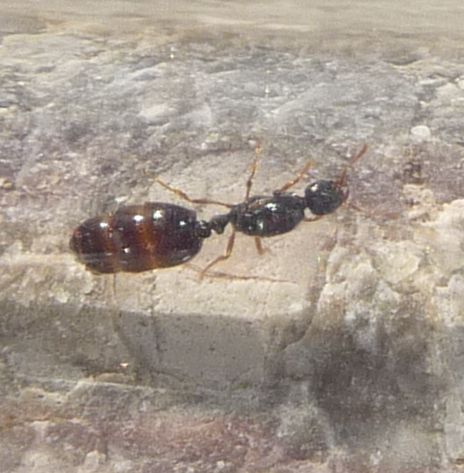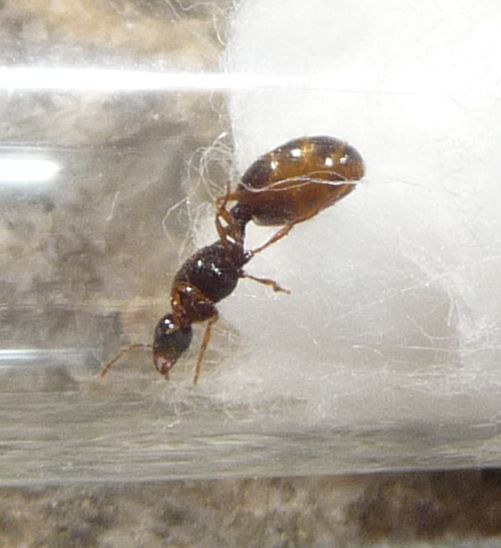EDIT: Thanks to the ID specialists on this forum, I have learned that the queens I collected are not pavement ants (Tetramorium) but one of the smallest ant species in Germany, the thief ant Solenopsis fugax. In my youth, I have read with excitement about thief ants and their lifestyle is pretty interesting. They form "parallel" colonies next to thriving other ant colonies (like Lasius) and sneak into other ant nests and steal brood. They are so tiny, and their hidden undercover tunnel networks so ingenious, that the robbed colonies cannot really do anything against these thieves.
Otherwise, thief ants form large colonies, can be polygyn and are very active during the day. They eat anything. Since they are so tiny, they are escape artists.
I went for my swim today at the public pool, and the pavement ants were flying.
I love the pavement ants at the pool- they live under the pavement there (surprise) and as soon as the kids drop ice cream, they will come out in force and form large black masses. They are the secret rulers of the public pool- and share their habitat with Lasius niger and Myrmica rubra (the things you notice when you lie on your towel in the sun and dry off).
Since the last pavement ant queen which I collected last year died of unknown causes, this time, I collected 3 nicely plump physiogastric ladies.
I am not sure which species they are exactly, we have several different species of Tetramorium (T. caspitum, T. impurum) and they look very similar.
The workers of these species are all small and black.
These ants appear to be very active during the day and since they are such lovers of dropped ice cream, they should also be easy to feed.
Not quite sure how "exciting" these girls are to keep, and I also do not know how difficult it will be to keep a fast growing species which will form large colonies.
Anyways, before I think ahead of myself, one of the girls I caught has to survive, first.
They are claustral, so I will pop their test tubes in the dark and will annoy them as little as possible.




These ants are also host to a range of amazing parasitic ant species. It would be awesome to one day keeping a colony with some parasites, but that will be seriously advanced ant keeping.
Edited by Ernteameise, September 9 2025 - 1:01 AM.


















